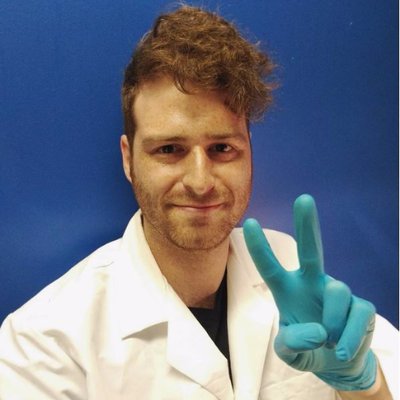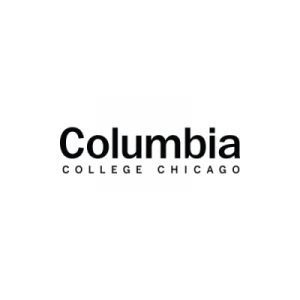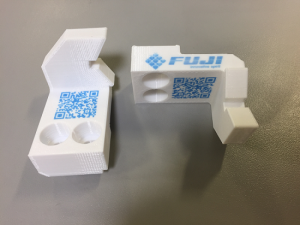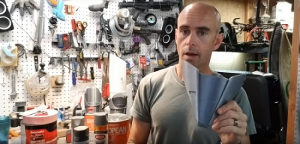In 3D Printing News Briefs, in which we share news about some upcoming events, and then move on to business, science, and 3D printing pen art. Europac 3D and Addition Design and Research are showing their plans for the upcoming TCT Show, and the Formlabs Roadshow is coming to Chicago next month. Makelab has launched its on-demand production platform, powered by AMFG software, and Rize published a brief about 3D printing in life sciences. Finally, 3Doodler announced an upcoming video class series on 3D printing pen art.
Europac 3D Announces Lineup for TCT Show 2018
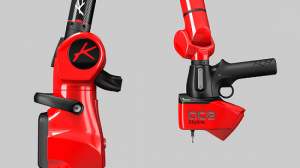 Top UK 3D printing, scanning, and inspection business Europac 3D announced that its booth for this year’s TCT Show in Birmingham will be its “biggest and most informative” yet, showcasing the latest in 3D printing innovations. In addition to displaying and 3D printing a range of sunglasses during the show to illustrate its end-to-end solutions, the company will also display 3D printers from HP and UnionTech, NX software from Siemens, and 3D scanners from Artec and Kreon Technologies. Experts will also be on hand at Europac’s booth to answer any questions.
Top UK 3D printing, scanning, and inspection business Europac 3D announced that its booth for this year’s TCT Show in Birmingham will be its “biggest and most informative” yet, showcasing the latest in 3D printing innovations. In addition to displaying and 3D printing a range of sunglasses during the show to illustrate its end-to-end solutions, the company will also display 3D printers from HP and UnionTech, NX software from Siemens, and 3D scanners from Artec and Kreon Technologies. Experts will also be on hand at Europac’s booth to answer any questions.
“We will have our biggest and best stand to date at TCT this year and will be hosting 3D printing, scanning and modelling experts to provide visitors with a one stop shop for all their technical queries,” said John Beckett, Managing Director of Europac. “Europac 3D will be on hand to demonstrate all of our latest projects and innovations. We look forward to welcoming visitors to our stand for what promises to be an unforgettable event.”
Check out what Europac to offer at Stand M26 at the TCT Show, running from September 25th-27th.
Addition Design and Research Attending TCT Show 2018
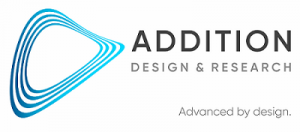 Another 3D printing company that’s announced its plans to exhibit at the TCT Show is contract research and development (CRD) supplier Addition Design & Research, which provides end-to-end advanced design and manufacturing solutions using 3D printing. While the company is rather new to the 3D printing industry, it’s long worked at the intersection of CRD, high value design and engineering, and AM with other organizations to create high quality business solutions.
Another 3D printing company that’s announced its plans to exhibit at the TCT Show is contract research and development (CRD) supplier Addition Design & Research, which provides end-to-end advanced design and manufacturing solutions using 3D printing. While the company is rather new to the 3D printing industry, it’s long worked at the intersection of CRD, high value design and engineering, and AM with other organizations to create high quality business solutions.
Addition Design & Research will be available during the TCT Show at Stand K49 for one-on-one meetings to provide insight into its expertise, offer advice on how to adopt 3D printing, and to discuss collaboration. Any organizations in the UK searching for a primer on using 3D printing as a business solution should attend the company’s training course in Sheffield just ahead of the show.
Formlabs Roadshow Hits the Road in Chicago
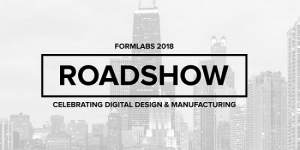 The popular Formlabs Roadshow has visited many big cities, from New York City and San Francisco to Los Angeles and now Chicago.
The popular Formlabs Roadshow has visited many big cities, from New York City and San Francisco to Los Angeles and now Chicago.
“Formlabs is traveling to industry hubs across North America to celebrate the capabilities of 3D printing in digital manufacturing,” the event reads. “We are bringing together local innovators and global disruptors to discuss how accessible 3D printing technology is enabling manufacturing across the business and education landscapes. Join us as we tackle opportunities and barriers in digital manufacturing and design with industry experts.”
The event, which centers around taking advantage of Industry 4.0, will be held from 10:30 – 2 on Friday, September 14th at the Digital Manufacturing and Design Innovation Institute (DMDII). Speakers include several well-known 3D printing experts, including Luke Winston, the Chief Business Officer at Formlabs, and Siemens’ Additive Manufacturing Solutions Director Chris Weber, with more to be announced soon. Tickets are less than $70, so sign up here to attend.
Makelab Launched On-Demand Production Platform
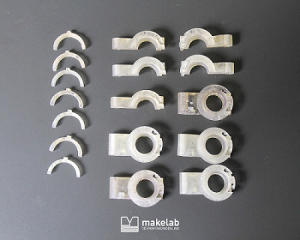 Brooklyn-based 3D printing service bureau Makelab is partnering with AMFG, which creates automation software for industrial 3D printing, to launch a new on-demand production platform. AMFG’s software will automate Makelab’s manufacturing operations, as well as make its 3D printing services more accessible to universities, engineers, and designers. Customers can use AMFG’s on-demand portal to easily request 3D printed parts with its auto-quoting tool, while Makelab will be able to track parts and requests, automatically schedule jobs and optimize build space, plan for post-processing, and conduct quality assurance.
Brooklyn-based 3D printing service bureau Makelab is partnering with AMFG, which creates automation software for industrial 3D printing, to launch a new on-demand production platform. AMFG’s software will automate Makelab’s manufacturing operations, as well as make its 3D printing services more accessible to universities, engineers, and designers. Customers can use AMFG’s on-demand portal to easily request 3D printed parts with its auto-quoting tool, while Makelab will be able to track parts and requests, automatically schedule jobs and optimize build space, plan for post-processing, and conduct quality assurance.
“With AMFG, we’ve found an end-to-end solution which not only takes care of the auto-quoting in a more user-friendly and intuitive way, but also takes care of managing production, which is a huge advantage for us. As we scale our business, we’re always looking for innovative ways to solve key issues like keeping track of all our machines, effectively packing builds and ultimately, optimising our workflow for maximum efficiency,” said Makelab Co-Founder Christina Perla. “AMFG answered all of these questions and more, so we can provide a faster, more efficient service for our customers.”
Rize Commissions Brief on Life Sciences 3D Printing
 Boston-based 3D printing company Rize recently commissioned a new Insight Brief, titled “Personalized 3D Printing in Life Sciences,” written by Axendia’s Eric Luyer, an Industry Research Analyst, and Ellyn McMullin, a Research Associate. There are many applications for 3D printing in the healthcare, medical device, pharmaceutical, and surgery industries, and Life Sciences companies can use the technology to break down barriers. But there are plenty of complex regulations to be managed in order for this to be successful. The brief discusses 3D printing applications in Life Sciences, some of the FDA guidelines, and how Rize’s 3D printing Augmented Polymer Deposition (APD) technology is very important to controlling some of the important processes that Life Sciences manufacturers need.
Boston-based 3D printing company Rize recently commissioned a new Insight Brief, titled “Personalized 3D Printing in Life Sciences,” written by Axendia’s Eric Luyer, an Industry Research Analyst, and Ellyn McMullin, a Research Associate. There are many applications for 3D printing in the healthcare, medical device, pharmaceutical, and surgery industries, and Life Sciences companies can use the technology to break down barriers. But there are plenty of complex regulations to be managed in order for this to be successful. The brief discusses 3D printing applications in Life Sciences, some of the FDA guidelines, and how Rize’s 3D printing Augmented Polymer Deposition (APD) technology is very important to controlling some of the important processes that Life Sciences manufacturers need.
“RIZE’S patented APD system is key to Traceability, Control of Process Parameters and validated processes that Manufacturers must maintain and control to meet FDA 21 CFR 820.30 Design Controls requirements. It’s an industrial 3D Printer where complex geometry can be manufactured matching patients’ anatomy,” said Kishore Boyalakuntla, Vice President of Product at RIZE.
The brief also discusses how global medical device manufacturer CONMED used Rize’s technology to 3D print molds for producing medical-grade elastomeric products.
3Doodler Working on 3D Pen Art Video Class Series
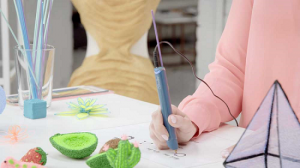 Popular Kickstarter-backed company 3Doodler is working with Bluprint, owned by NBCUniversal, on a series of 3D Pen Art video classes aimed at teaching makers and crafters how to create works of art with the 3Doodler Create+ 3D Pen. Its content, available for free online through Bluprint, Craftsy, and streaming apps like Roku, will be part of the new entity’s expanded subscription service, and Grace Du Prez, an internationally renowned 3D pen artist whose work we’ve covered before, will be the host of the show, which marks the first such broadcast agreement for 3Doodler.
Popular Kickstarter-backed company 3Doodler is working with Bluprint, owned by NBCUniversal, on a series of 3D Pen Art video classes aimed at teaching makers and crafters how to create works of art with the 3Doodler Create+ 3D Pen. Its content, available for free online through Bluprint, Craftsy, and streaming apps like Roku, will be part of the new entity’s expanded subscription service, and Grace Du Prez, an internationally renowned 3D pen artist whose work we’ve covered before, will be the host of the show, which marks the first such broadcast agreement for 3Doodler.
Six episodes will run through the 2018 holiday season, and the first five are already up, covering projects like phone cases, terrariums, and lantern lights; you will need to sign up for a free Bluprint trial to watch. The sixth video class will be an episode of Doodle Wars, a new, family-friendly NBC competition series. Check out a teaser video for Doodle Wars below:
NEW SHOW TIME: Doodle Wars is here ! These artists are incredible and thanks to this show I’m now calling myself Bob Ross Jr. Shoutout to Bluprint NBC and the whole awesome Hudsun Media team that made it happen and our great judges Zoe Hong + Jon Chad. Catch the whole season over at mybluprint.com now!….#doodlewars #iamadoodlerwarrior #doodle #scribble #draw #art #doodling #competition #mybluprint
Gepostet von Paul Costabile am Mittwoch, 15. August 2018
Discuss these stories and other 3D printing topics at 3DPrintBoard.com or share your thoughts in the Facebook comments below.
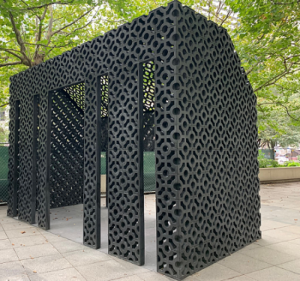 Artist Edra Soto was commissioned to build an outdoor art installation in Chicago’s popular Millennium Park, which resulted in her freestanding Screenhouse, constructed by Navillus Woodworks out of over 400 custom-cast concrete blocks and opening today in the park’s Boeing Gallery North. Navillus enlisted the help of Fast Radius to create 3D printed molds for the blocks, which helped save on development time and money. The company printed the molds out of PA 12 material, using HP’s MJF technology. 3D printed lattice structures were used in the construction, which also helped reduce the weight of the piece.
Artist Edra Soto was commissioned to build an outdoor art installation in Chicago’s popular Millennium Park, which resulted in her freestanding Screenhouse, constructed by Navillus Woodworks out of over 400 custom-cast concrete blocks and opening today in the park’s Boeing Gallery North. Navillus enlisted the help of Fast Radius to create 3D printed molds for the blocks, which helped save on development time and money. The company printed the molds out of PA 12 material, using HP’s MJF technology. 3D printed lattice structures were used in the construction, which also helped reduce the weight of the piece. Australian company EVOK3D, which supplies and supports both professional and production 3D printing solutions and is the HP 3D Production Specialist Partner for the country, announced that it has signed a partnership equity agreement with Currie Group, a top end-to-end Graphic Arts service supplier in New Zealand and Australia. Currie Group provides and services high-quality printing equipment, and EVOK3D will leverage its management experience to continue growing its sales and support capability.
Australian company EVOK3D, which supplies and supports both professional and production 3D printing solutions and is the HP 3D Production Specialist Partner for the country, announced that it has signed a partnership equity agreement with Currie Group, a top end-to-end Graphic Arts service supplier in New Zealand and Australia. Currie Group provides and services high-quality printing equipment, and EVOK3D will leverage its management experience to continue growing its sales and support capability.
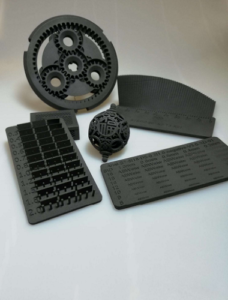


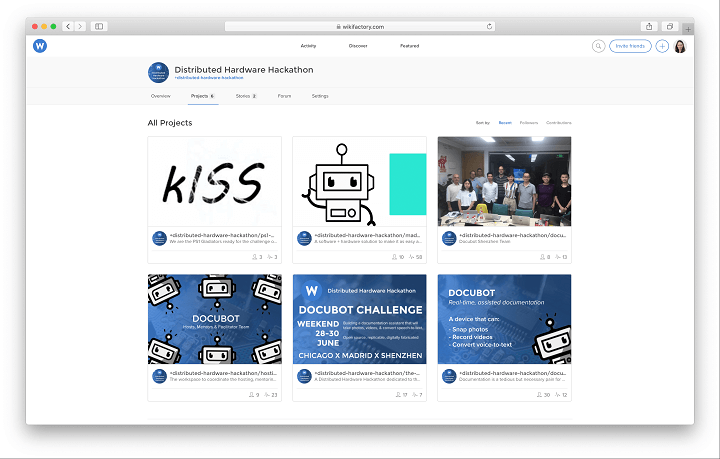

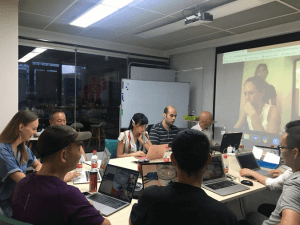
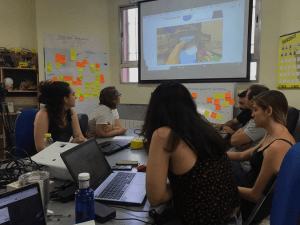
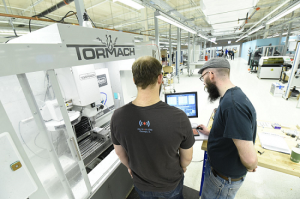
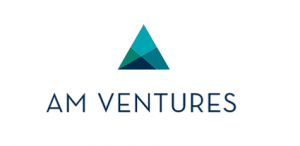

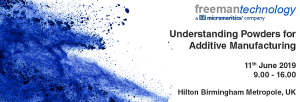
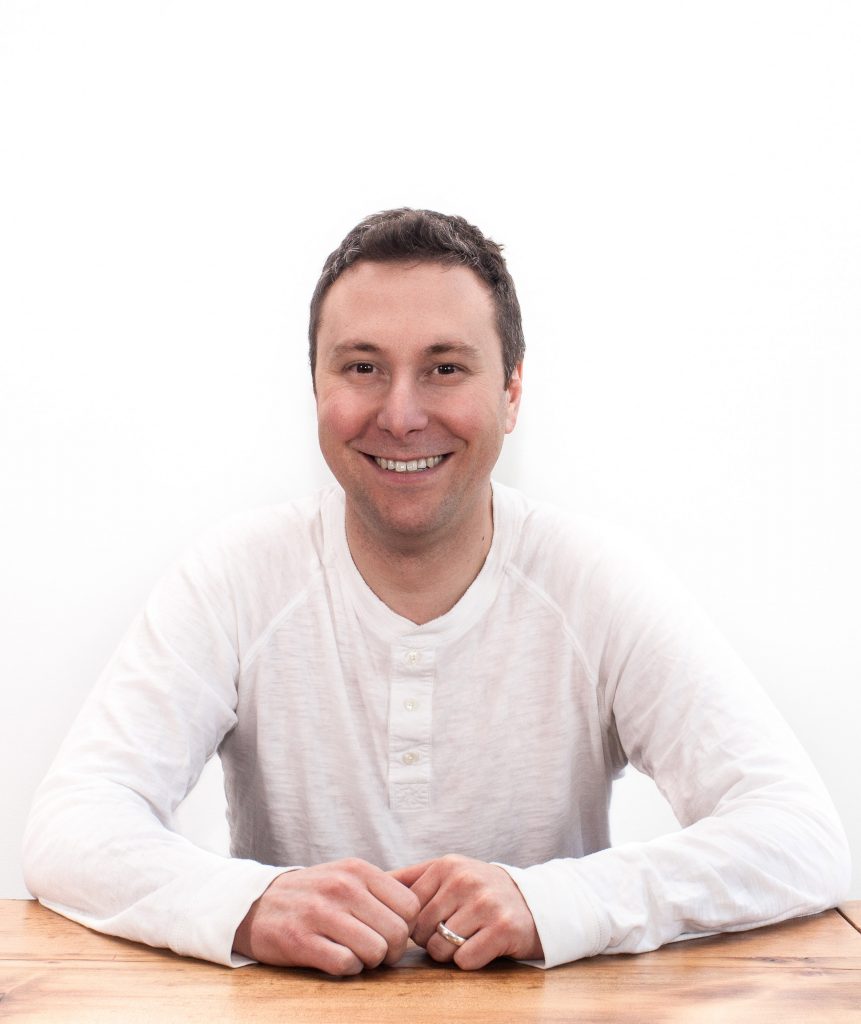
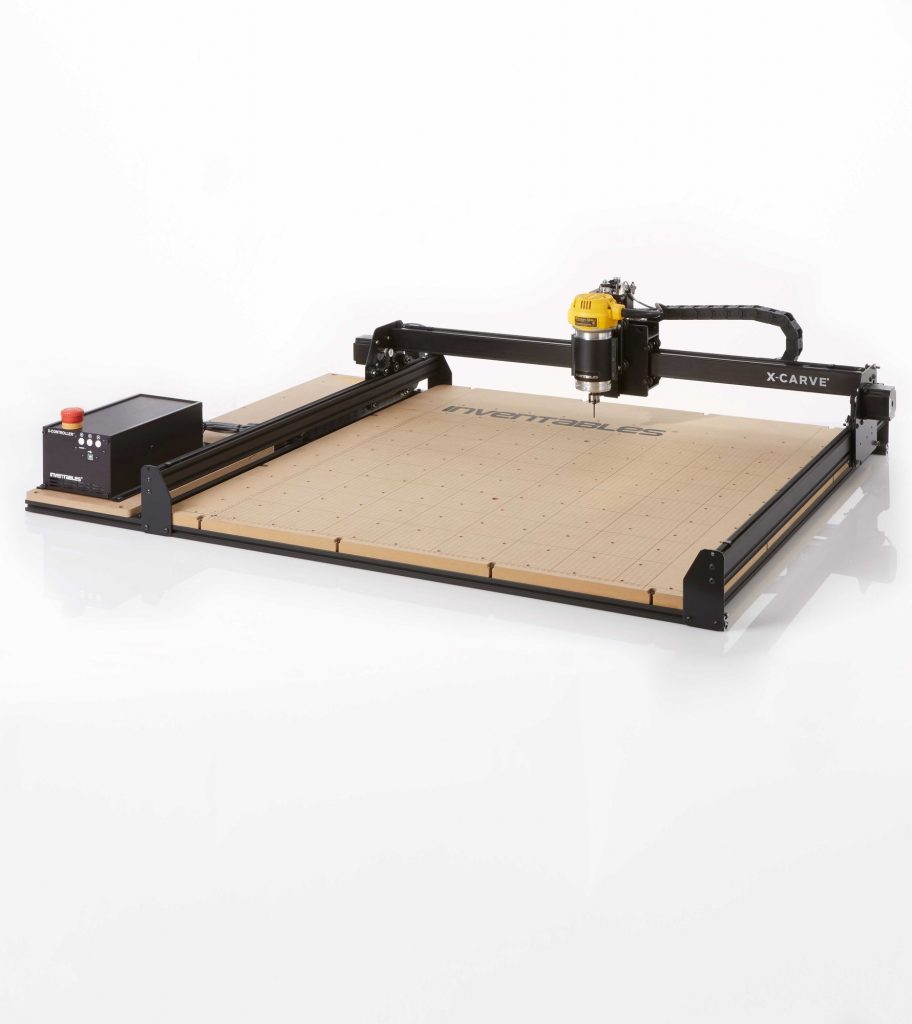
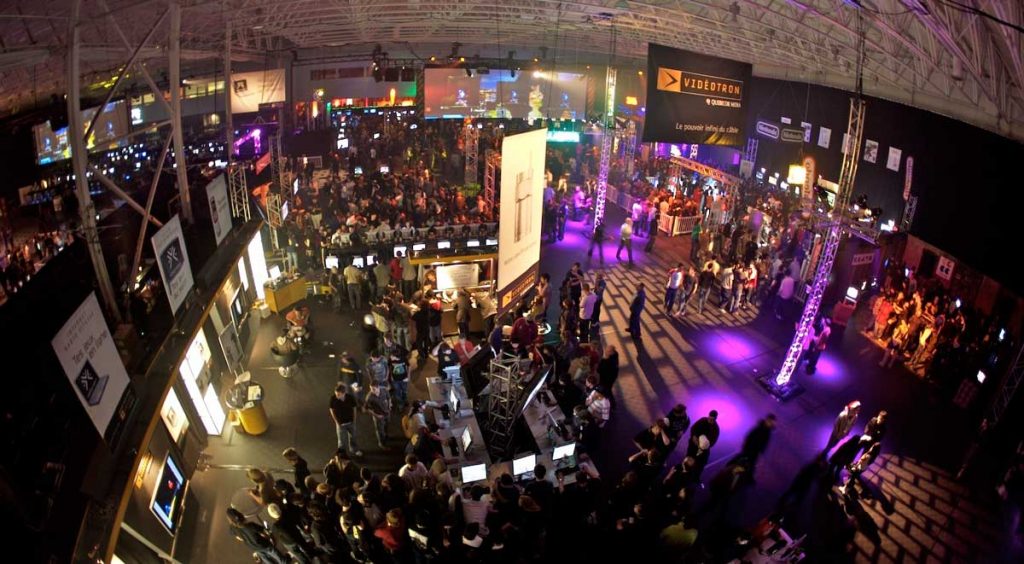

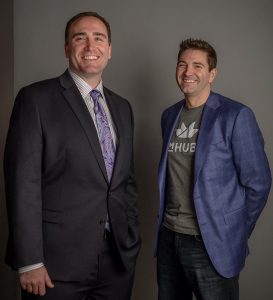
 Aerospace and 3D Printing
Aerospace and 3D Printing